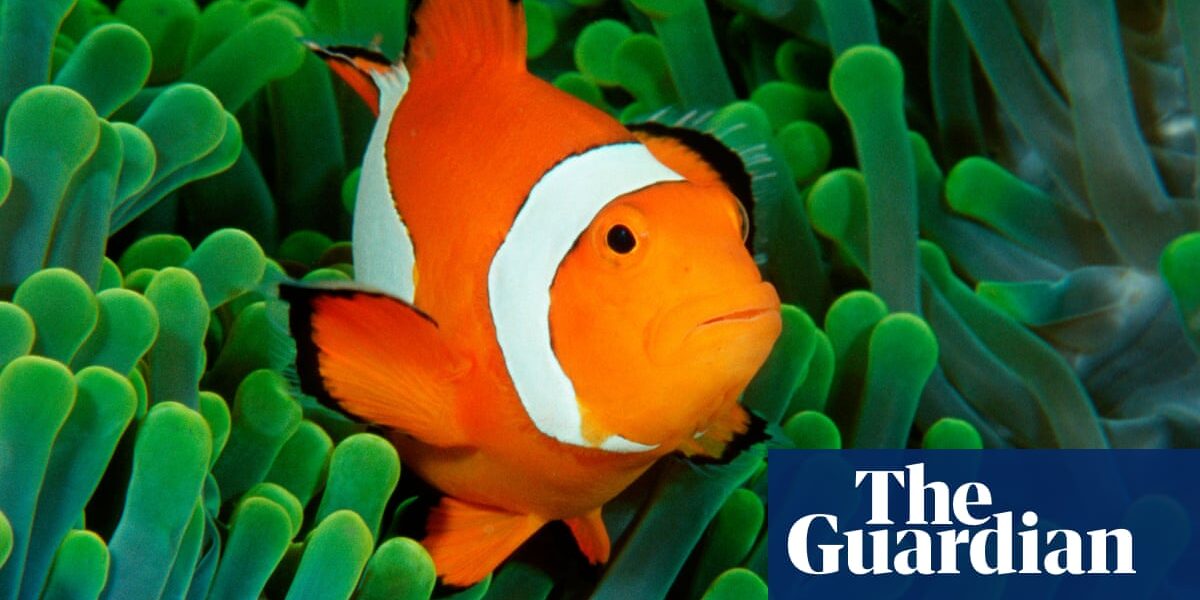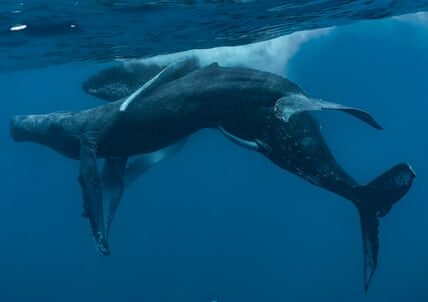A recent study suggests that clownfish with the name ‘Nemo’ have the tendency to repel other fish species with similar stripes.

In contrast to the Disney character from Finding Nemo, actual common clownfish do not prefer to cohabit with other individuals of their own species in their habitat.
Scientists claim to have uncovered the method by which they evict unwanted visitors, through the identification of the stranger’s vertical white stripes.
Previous studies have shown that sea anemones hosting common clownfish can also serve as a temporary shelter for other species, as long as they possess horizontal stripes or no stripes at all.
Nevertheless, it has been observed that common clownfish do not typically live with fish that have similar vertical markings as them. In fact, studies have demonstrated that they display more aggression towards fish models painted with these patterns.
Researchers have recently discovered that the common clownfish uses not only the presence of vertical stripes, but also their quantity, to distinguish its fellow clownfish.
According to Dr. Kina Hayashi, the lead researcher from the Okinawa Institute of Science and Technology, there may be additional factors other than the white vertical lines that play a role in distinguishing between species.
However, this study indicated that the quantity of white vertical lines plays a significant role in distinguishing between the same species and determining whether or not to engage in an attack.
In a study published in the Journal of Experimental Biology, scientists from Japan conducted an experiment involving juvenile common clownfish. These fish were unfamiliar with other species and were introduced to a clear container placed inside their tanks. The container contained either a common clownfish with the same orange body and three vertical white stripes, or a different species of clownfish with distinct markings.
The findings indicated that the common clownfish exhibited more aggressive behaviors towards their own species than towards the orange skunk clownfish, which has a single white horizontal stripe on its back. However, there were no notable differences in behavior towards other species of clownfish that had one or more vertical stripes.
The group later introduced regular clownfish to fake fish that were colored orange and had varying amounts of vertical white stripes, ranging from none to three.
The researchers discovered that the instances of aggressive behavior towards the model by these groups were significantly reduced when the model was painted without stripes, in contrast to the models with stripes.
The team observed that the fish were more hostile towards the model with three vertical stripes compared to one stripe, based on individual behavior.
According to Hayashi, the findings are intriguing because the function of the white stripes on clownfish (also called anemonefish) in their environment was previously unknown.
She stated that the findings support the idea that anemonefish have the ability to differentiate between varying numbers of white bars. This distinction in white bar quantity aids anemonefish in recognizing their own species.
Source: theguardian.com



